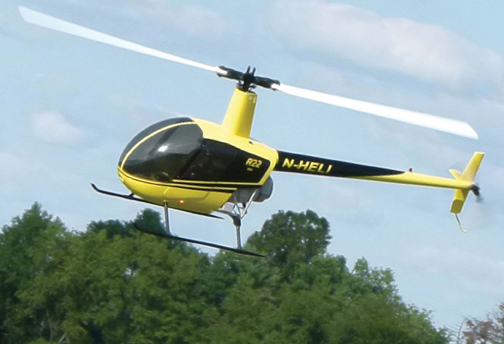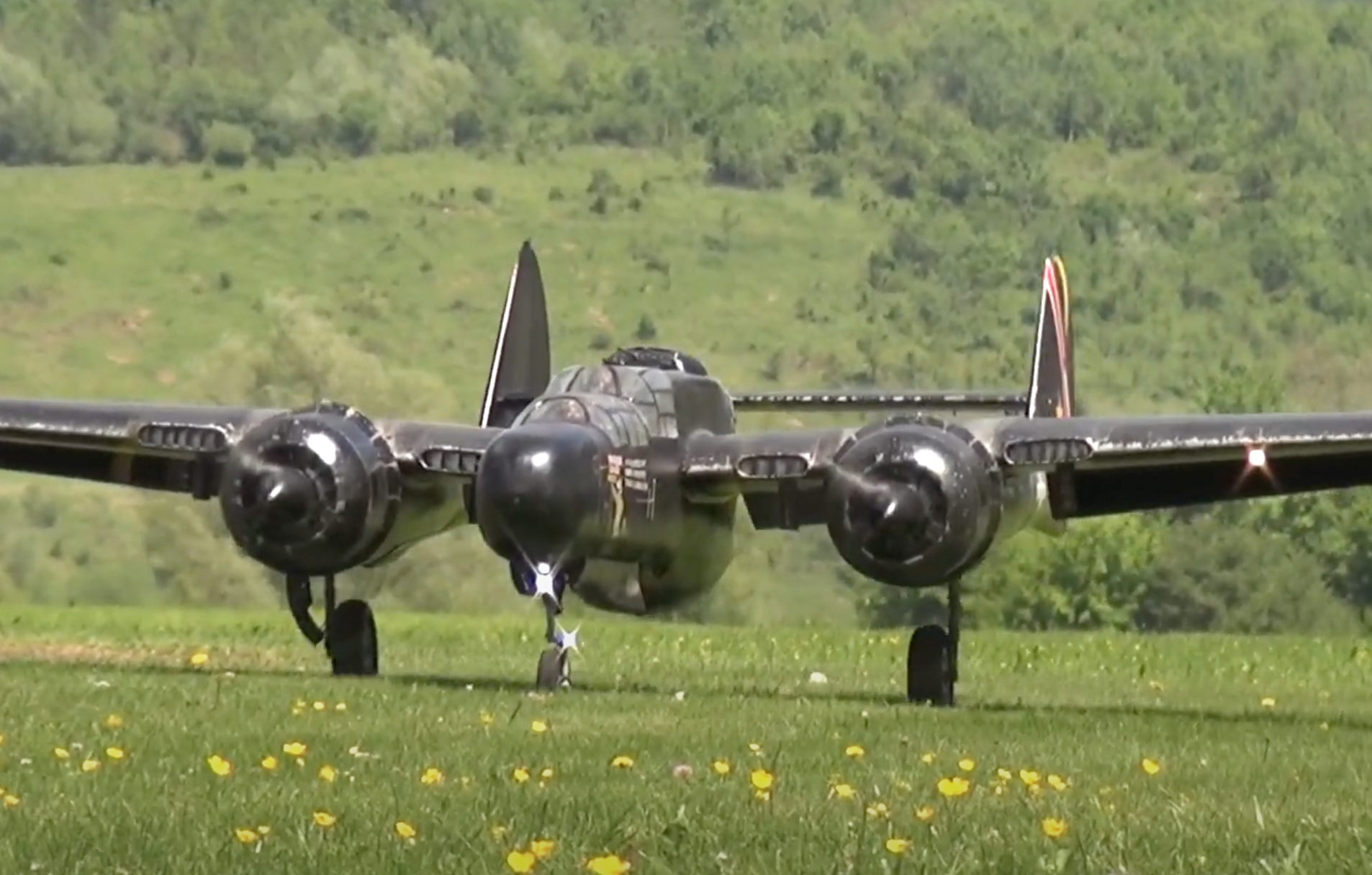1. Practice on the simulator
A good computer flight sim is the best place to practice before you fly your heli. They are great for teaching basic orientation and getting the feel of the control sticks. If you can hover on a flight sim, you most likely will be able to hover the real heli very quickly and with a minimum of crashes. Try to fly the sim just like it was your heli and not a game; avoid crashing, and set small goals for each flight.
2. Have an expert look over your machine before you fly
A well-set-up heli will make your learning proceed much more quickly. It is very difficult for a beginner to trim a heli as he cannot tell the difference between an out-of-trim heli and incorrect pilot inputs. Even if your heli is a ready to fly, it is still helpful to have an experienced hand test-fly it to make sure it’s in perfect trim and there are no mechanical or electronic faults. If you are learning on a collective-pitch heli that requires setup, it is even more important to seek expert help. The expert can help you set it up so that the controls are soft and the heli is more easily controlled.
3. Area selection
Although one of the advantages of helis is their ability to fly in confined spaces, until you have complete control of the heli, a large open area is recommended. Learning to fly is difficult enough without having to worry about hitting an obstacle. Also, a hard clean surface, such as asphalt or concrete, is preferred while using training gear so that the heli can slide freely. Grass tends to snag the training gear, making it harder to control. Once you are able to land and takeoff safely, then any type of surface will be acceptable. Avoid a dusty or sandy surface as it will wear the gears and mechanics of the helicopter.
4. Use training gear
Training gear greatly reduce the chances of the heli tipping over during takeoffs and landings. They can be purchased or made out of dowels and lightweight balls. With the heli on a hard surface, increase the throttle to a point before liftoff, and practice sliding the heli around, keeping the tail toward you. This will give you a feel for the controls. With the training gear installed, and if you do not fly too high, the heli will not tip over.
5. Set a goal for each flight
Usually, the aspiring heli pilot’s first goal is to be able to hold an extended hover, and he will try to hold the hover as long as possible. This method results in every landing being a near disaster, and it can cause a lot of anxiety. A better approach is to set small goals. Initially, try to hover for a few seconds, and then make a controlled landing. Slowly increase the hover time during each hop. In the long run, you will learn much more quickly using this method.
6. Stay low
During the first stages of learning, position the helicopter with the nose pointed into the wind and stand behind and slightly to the side of it. Begin by lifting the heli 2 to 3 inches off the ground, and gently reduce the throttle/collective for a soft landing. Gradually increase the height until you can hold a stationary hover about one foot off the ground. Avoid the temptation of hovering any higher until you can keep it in one spot. If you are higher, and things go wrong and you panic, you will most likely slam the heli into the ground. A crash not only costs training time, but you’ll also spend additional time getting the heli trimmed and set up properly again.
7. Remove the training gear
Once you are comfortable hovering, it’s time to remove the training gear. The gear can become a security blanket, and if left on too long, will slow your progress. Be prepared for the heli’s increased response and slightly less stability without the gear. Start the training program all over again from the beginning with a low hover, and gradually increase the height.
8. Learn to hover in any orientation
After you’ve mastered the tail-in hover, it’s time to work on other orientations. With the heli tail in, you move the controls in the direction you want the heli to move in. When the heli is in another orientation, this may not be the case. For instance, a left cyclic command will make the heli move left, but it may not be to your left unless it’s tail in. First, practice hovering with the heli’s side facing you. Again, take it in small steps, and if you become uncomfortable, return to the familiar tail-in position. To learn nose-in hovering, there are two options: put the training gear back on, or try it at altitude. Whichever method you choose, the sim will help shorten the learning curve. By truly mastering the hover, you greatly increase your chance of saving it if you become disorientated during more advanced maneuvers.
9. Ease into forward flight
Getting the helicopter back into a stable hover from forward flight is the most challenging aspect. Begin by side-slipping the heli about 5 feet with a gentle cyclic command, and then stop it there momentarily. Then, side-slip it back to the starting point and repeat in the other direction. Once you are comfortable with this, add some tail-rotor control to point the heli in the direction in which it is side-slipping. Give it a small back-cyclic command to stop it at the desired point. Eventually, you will be making a figure-8 in front of yourself. Slowly increase the distance, height and speed of the figure-8. As the speed increases, you will need increased aft cyclic to raise the nose and slow the heli to bring it back into a hover. You will also need to increase the power to prevent it form sinking.
10. Practice, practice and practice!
Every helicopter flight begins and ends in a hover (except for crashes). As you gain experience and are having fun flying around, it’s easy to neglect the basic hovering skill that you worked so hard on. Devote some time during each flight on hovering in all orientations to keep your skills sharp.
For some pilots, being able to hover and fly in forward flight is their goal. For others, aerobatics and 3D flying is the ultimate challenge. Regardless of your goals, having a firm grip on the basics is important and will increase your enjoyment of the hobby.
























I am an aspiring heli pilot myself, I started out like the author had stated, on syms and “training wheels’ . My friend and instructer introduced me to a product called a Co-Pilot. This is an infrared flight stabilization system which is intergrated between the servos and transmitter for ailerons and elavator. This system senses temperature differance between earth and sky and helps maintain level flight for roll and pitch only. It also can be adjusted for sensitivity as pilot progresses and can be turned off and on remotely by an unused channel. Another attractive aspect is that it only costs less that seventy dollars including shipping. I struggled for quite a while just to maintain a smooth hover, I live in the plains of Wyoming so add windy days along with the usual ground effects. This system alows me to hover higher than training gear even in 15 to 20 mph winds with same degree of stabilization. Website is revolectrix.com/products-2/co-pilot-cpd4-3